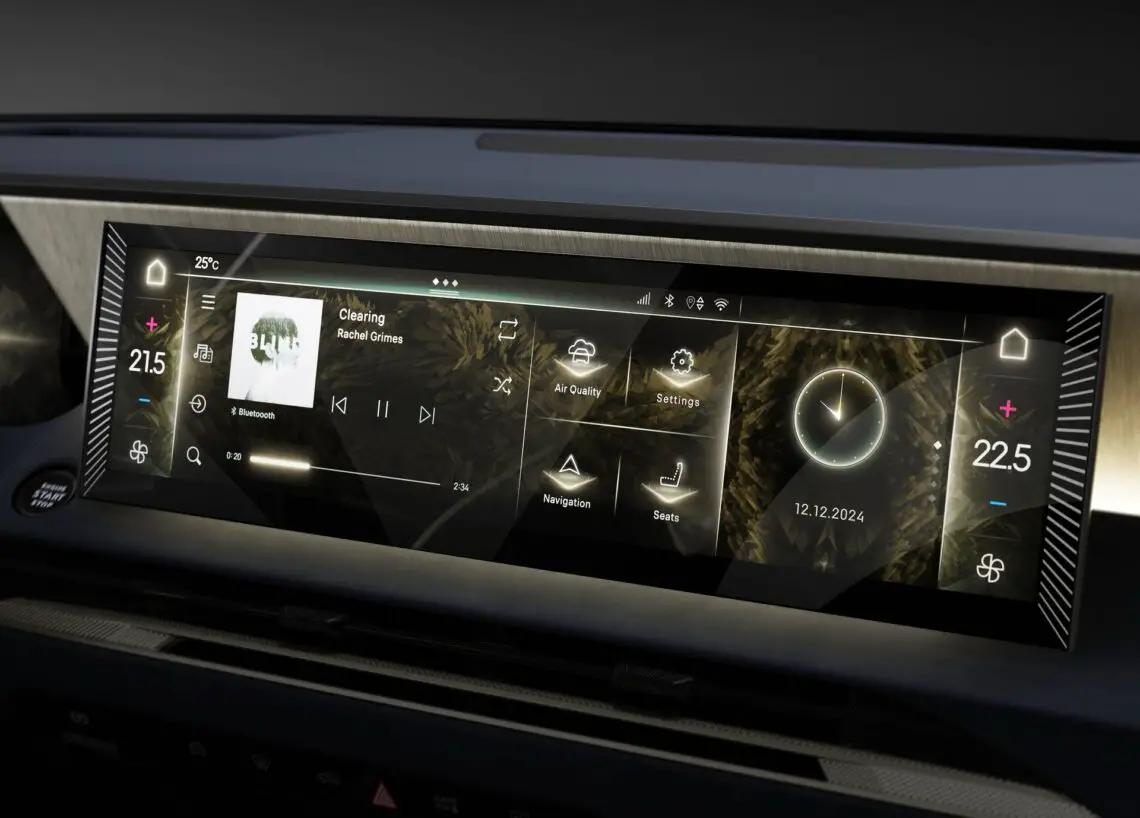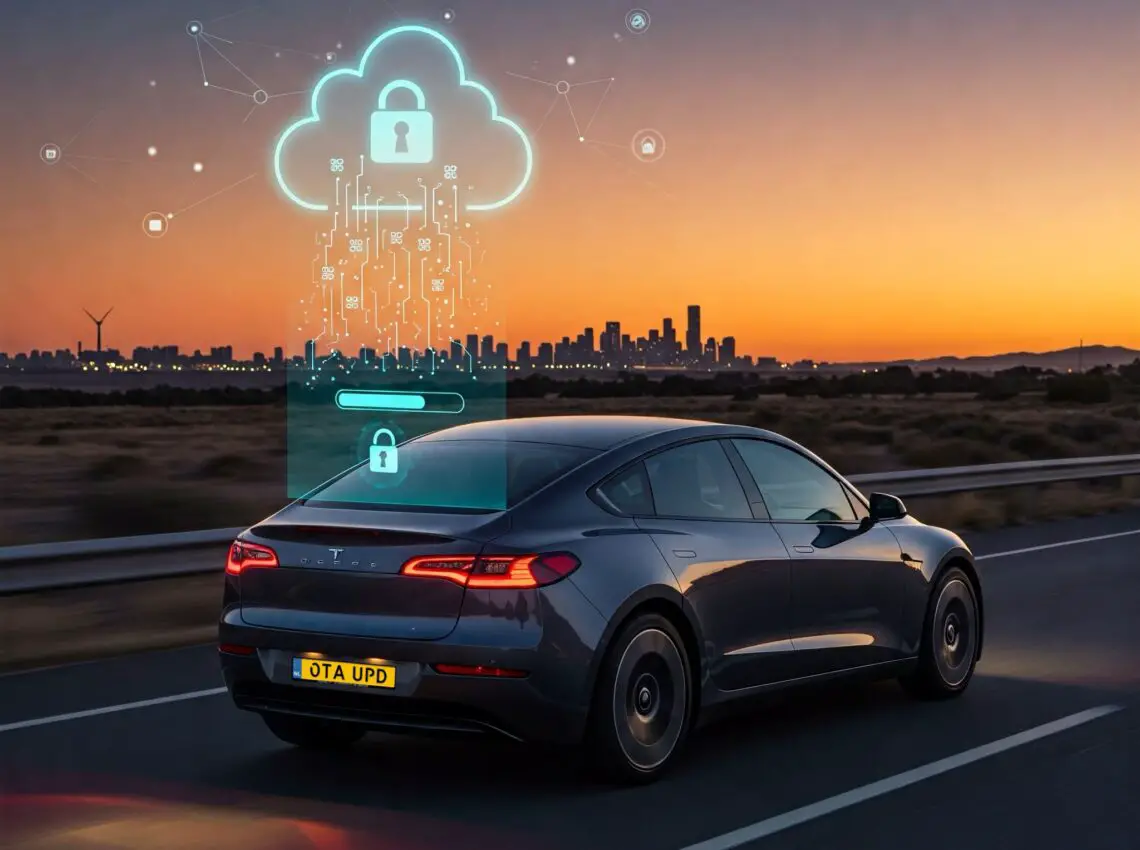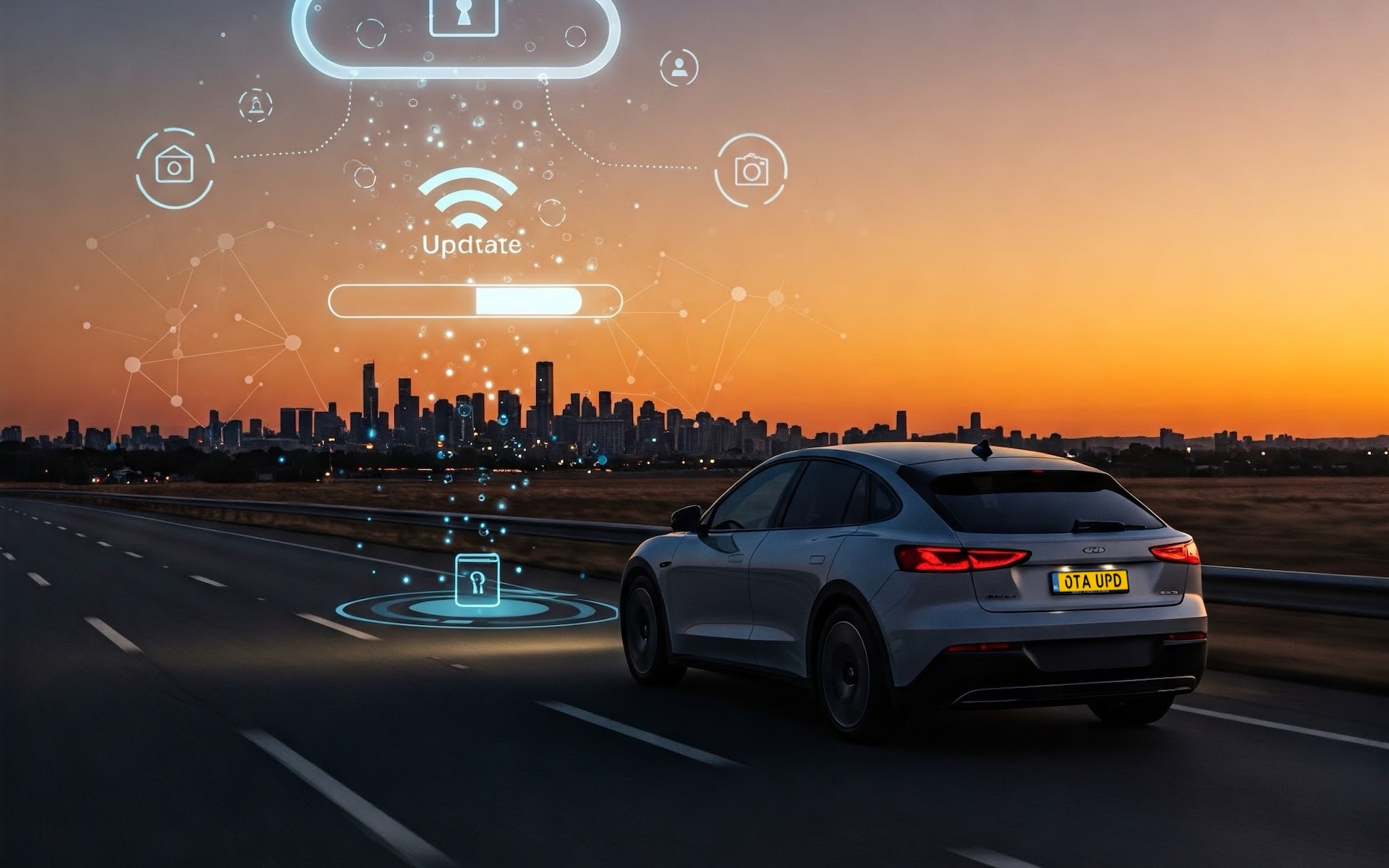The benefits of over-the-air updates in modern cars
What are over-the-air updates?
Let’s start at the beginning. Over-the-air updates – also known as OTA updates – are software updates sent to your car via a wireless connection. Just as your smartphone can download a new operating system, modern cars can update themselves. Think about improving navigation systems, driver assistance systems or even adding new features. You need no cables, no appointment at the dealership and no stress. Everything happens in the background while you sleep peacefully or drink your coffee. The manufacturer simply puts an update ready on the server to which the car has access. The car can independently download and install this software package.
Always up-to-date driving
One of the biggest advantages of OTA updates is that your car always has the latest software version. Before, you had to wait for a visit to the garage to replace outdated software. Now your car gets regular updates, just like your phone. New features? Check. Enhanced security? Double check. This ensures that your car is not only safer, but also more efficient. No more outdated systems, but always the latest technology under your hood.
No need for a trip to the garage anymore
Visiting the garage is not always fun. It takes time, you have to make an appointment and often a replacement car is needed. With OTA updates, you save yourself that hassle. The software updates are sent directly to your car. All you have to do is accept the update. Or you just set the update at a time that suits you, such as at night. How the car will install its update varies by model. A gasoline-powered car often requires the engine to be running, while a battery-electric car does not require it.
New features, without a new car
Maybe you know that feeling: you buy a new car and a year later a model comes out with great new features. Frustrating, right? With OTA updates, that doesn’t have to happen anymore. Car manufacturers can add new features to your car without you having to buy a new model. For example, Tesla is known to regularly release updates that improve driving performance, entertainment options or even battery management. As a result, your car always feels a little like new.
Improved security
Safety is an important aspect of modern driving. With OTA updates, car manufacturers can respond quickly to safety issues. Imagine a fault being discovered in a driver assistance system. In the past, this would mean millions of cars had to go back to the garage. Now a manufacturer can roll out an update that fixes the problem immediately. No delays, no risks.
In addition, updates can also improve your car’s digital security. Modern cars are increasingly connected to the Internet, and that comes with risks. OTA updates keep your car protected from new threats, such as hackers.

Environmentally friendly and efficient
OTA updates also contribute to a more sustainable world. No paper manuals, no extra trips to the garage and no physical parts to replace. Everything is done digitally. This not only saves time, but also reduces the carbon footprint of both automakers and drivers. In addition, updates can provide more efficient fuel consumption or better battery performance. A small tweak in the software can make a big difference to your wallet as well as the environment.
Examples of OTA updates in practice
Many car manufacturers are already using OTA updates. Here are a few examples:
- Tesla: Perhaps the pioneer in this field. Tesla drivers get regular updates that add new features, such as improved Autopilot capabilities or new entertainment options.
- Volkswagen: Volkswagen’s ID. range gets updates that improve everything from driving performance to the infotainment system.
- BMW: BMW offers updates that improve navigation systems, driver assistance systems and even engine performance.
Even traditional brands like Ford and Mercedes-Benz are increasingly moving to OTA technology. It’s better to say: which car manufacturer isn’t doing it yet? OTA has pretty much become the new standard when it comes to software updates.
Does over-the-air updates have any disadvantages ?
While OTA updates offer many advantages, there are also a few caveats. First, a stable Internet connection is essential. Without that connection, your update may crash. In addition, updates can sometimes unintentionally cause new problems. Fortunately, manufacturers usually fix these quickly with the next update. Another issue is privacy. Because your car is connected to the Internet, data is transmitted. Manufacturers need to be transparent about how they handle that data.

The future of over-the-air updates
Over-the-air updates are still in their infancy, but the possibilities are enormous. In the future, cars could detect and fix software problems completely independently. It would also allow manufacturers to respond more quickly to new regulations or technological developments. In addition, more and more car manufacturers are expected to embrace this technology. From electric cars to traditional internal combustion engine models, OTA updates are becoming the norm.
Conclusion
Over-the-air updates make driving smarter, more efficient and safer. No more hassles with garage visits, always the latest features and a car that grows with you. All you need is a stable Internet connection and a little patience. So a modern car has many advantages.

